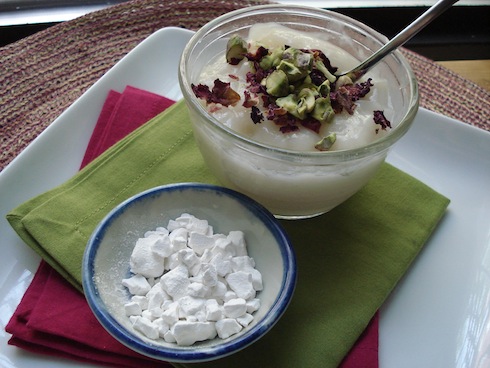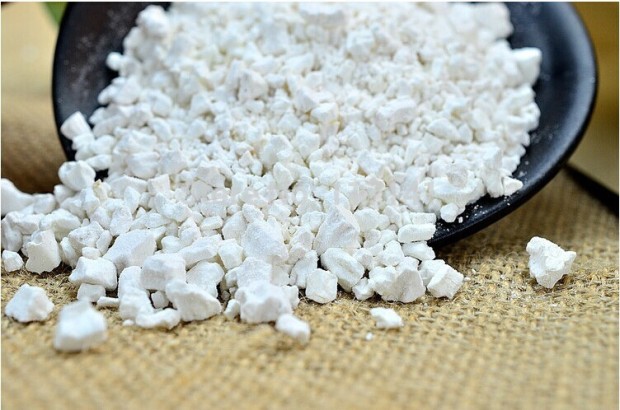I know, it’s not the ideal approach but after I received my meal plan from my nutritionist, I checked the prices of the recommended ingredients. There are a lot of items on the shopping list that I don’t have at home and/or very expensive here. I know that the long term benefits are the most important but I wanted to split the expenses and not buy everything at the same time. I have already ordered the first part of the needed ingredients so I’m on the right track.
Anyway, when I found out the prices of an ingredient, I googled the health benefits so be able to judge if it’s really worth the price.Okay, it’s a lie because I was SURE that I will start with umeboshi and kuzu because they are the elements of my healing tea. But I’m a huge fan of facts, so I did my googling anyway.
Luckily, the first thing I found was this blogpost:
“I hesitate to disclose this kind of information about myself, but every once in a while my stomach gets a wee bit touchy and results in what I would literally consider gut retching pain. Although I have been fairly successful in eliminating this pain through dietary modification, I have not been able to completely rid myself of these gastrointestinal hiccups. However, I have been fortunate enough to learn a fast and effective herbal remedy that does not require the use of over-the-counter medications. Kuzu, used in Eastern cultures as an herbal remedy to digestive and circulatory ailments, has been able to provide me fast and effective stomach relief and is now also being researched as an effective way reduce the risk of cardiovascular disease, treat migraines and even to help eliminate alcohol abuse. I won’t hesitate in saying that this just might be nature’s true wonder root!”
What the heck is kuzu?
- kuzu root, also called kudzu, is a member of the legume family
- it has complex starches
- used in the powder form (white powder) or as a dried root (that I couldn’t find here)

Health benefits of kuzu:
- it can relieve the discomfort that is caused by overacidity
- it can fight bacterial infection
- can help with colds, which are often related to intestinal weakness
- antioxidant (it has a high concentration of flavonoids)
- helps the digestion system
- inhibits the contraction of smooth muscle tissue thus increasing blood flow to relieve stomach cramping
- can help with constipation
- can stimulate appetite (that’s not a good thing for me because I have great appetite mostly because of my stupid stress eating disorder)
- it can calm the nerves in stressful situations (although “officially” it is suitable for hyperactive children mostly)
- it relieves tiredness and restores vitality
- it’s an instant relief from abdominal pain and intestinal irritation
How to use it:
- as a healing tea (ume-kuzu tea, drink with apple juice, etc)
- as a thickening agent in foods (mostly making vegetable stews or sauces) – my nutritionist suggested to use it every time when I use corn starch now
- works with puddings, fruit purees, too
- it can be dusted on vegetables prior to frying to provide a light and crisp coating (I don’t think I would use this option as I don’t fry anything and my nutritionist suggested to keep this habit :D)

I’m planning to drink the ume-kuzu tea every day but based on the information I found on the internet and the papers I got from my nutritionist, I will really try to use it in cooking as well. Especially because I was hesitant if it is okay to use corn starch in my recipes, although I used only a very small portion every time (just a pinch for vegetable sauces and thick soups). But it’s good to have a healthier alternative.

Mother Nature is amazing so many natural remedies to be found in the plant world and I wonder how many more are yet to be discovered ?
#foodiefriday
LikeLiked by 1 person
Yes, but I’m always surprised how effective they can be. Since the post was written, I have already tried the tea and it really works!
LikeLike
Ooo this is really interesting. My mum will definitely be interested in this – Ill be pinning it on her board too!
Thanks for linking to #foodiefriday
LikeLike
Yes, this stuff is surprisingly good. I have huge struggles with my stomach, I’m always bloated and have stomach cramps but it seems to be working. I have high hopes 🙂
LikeLike